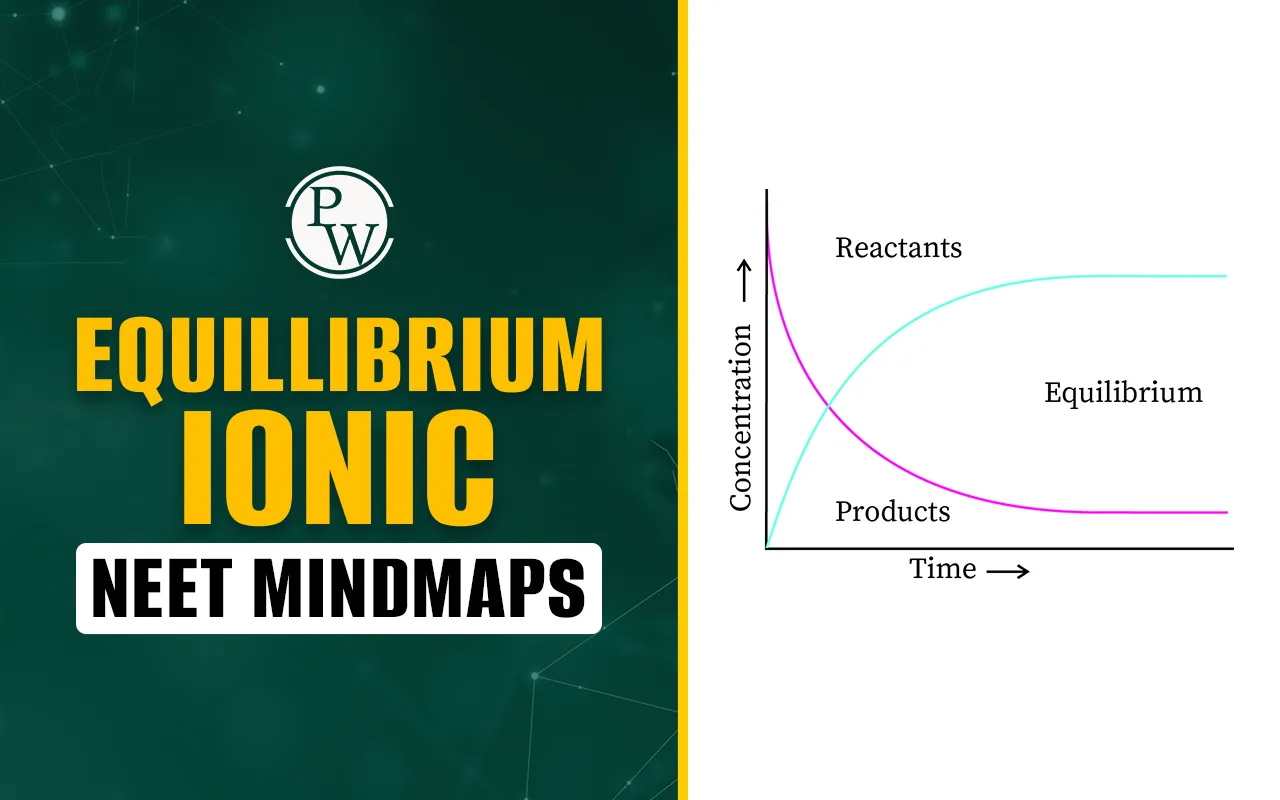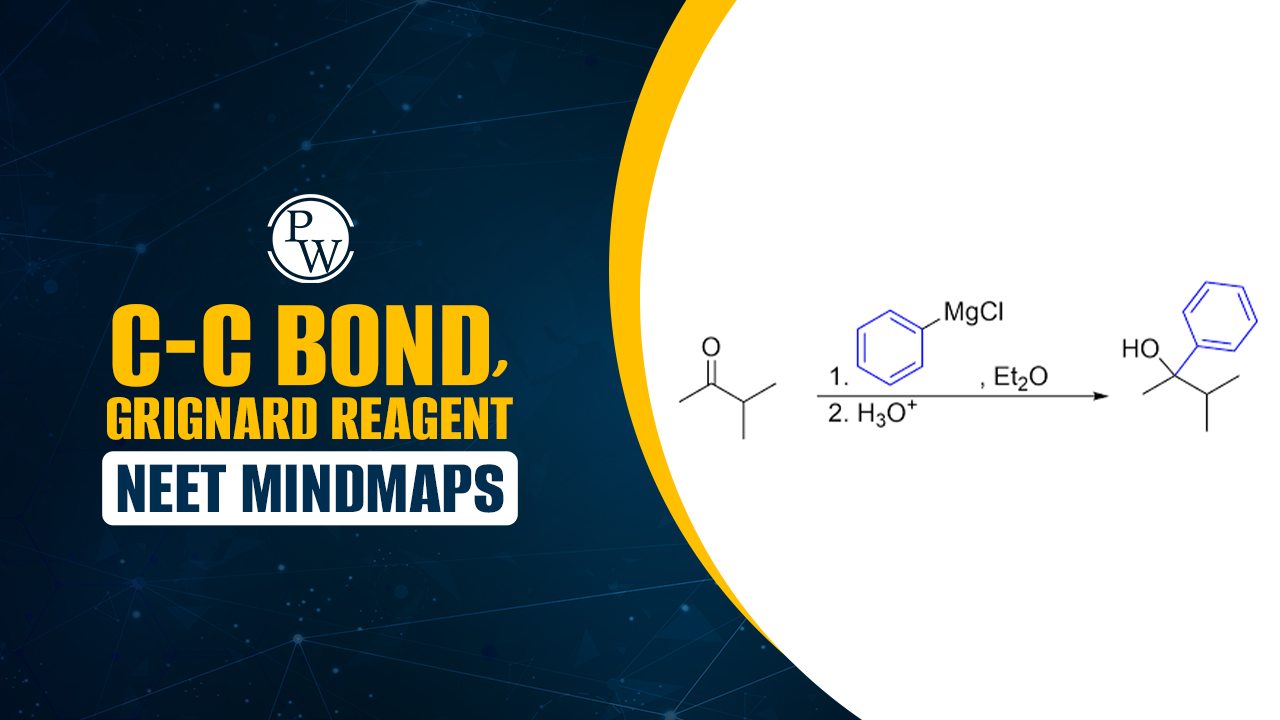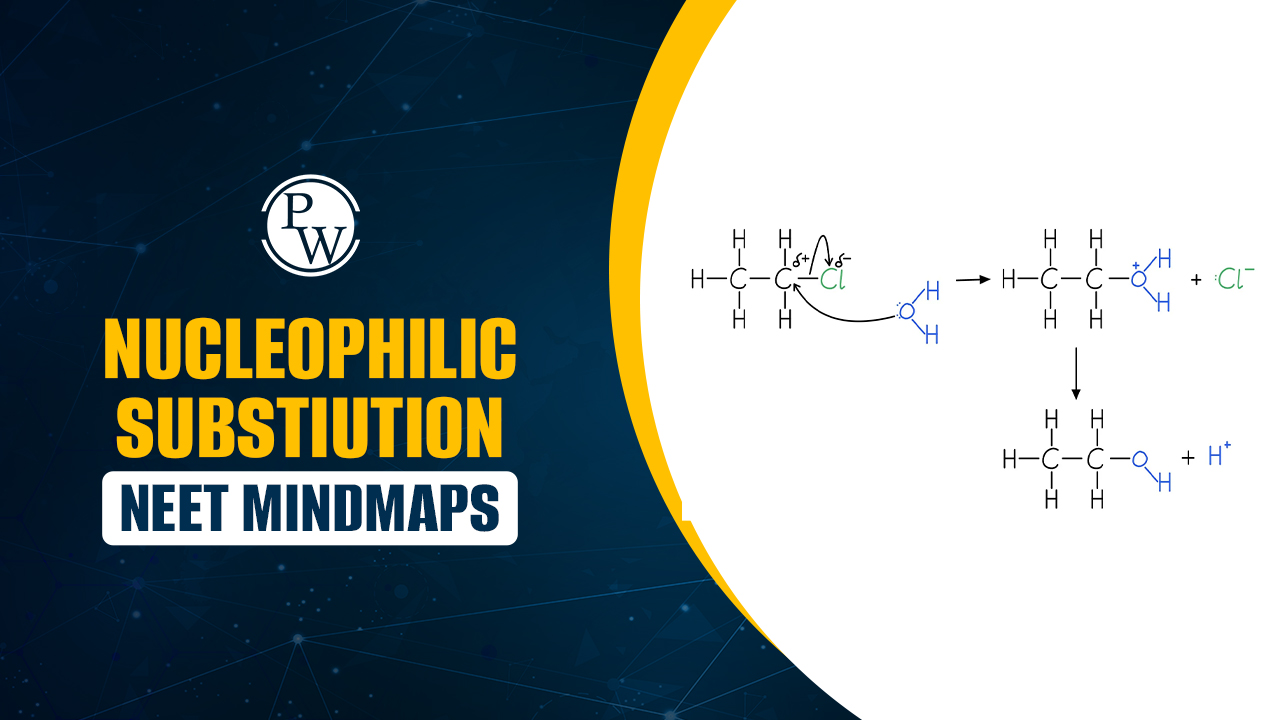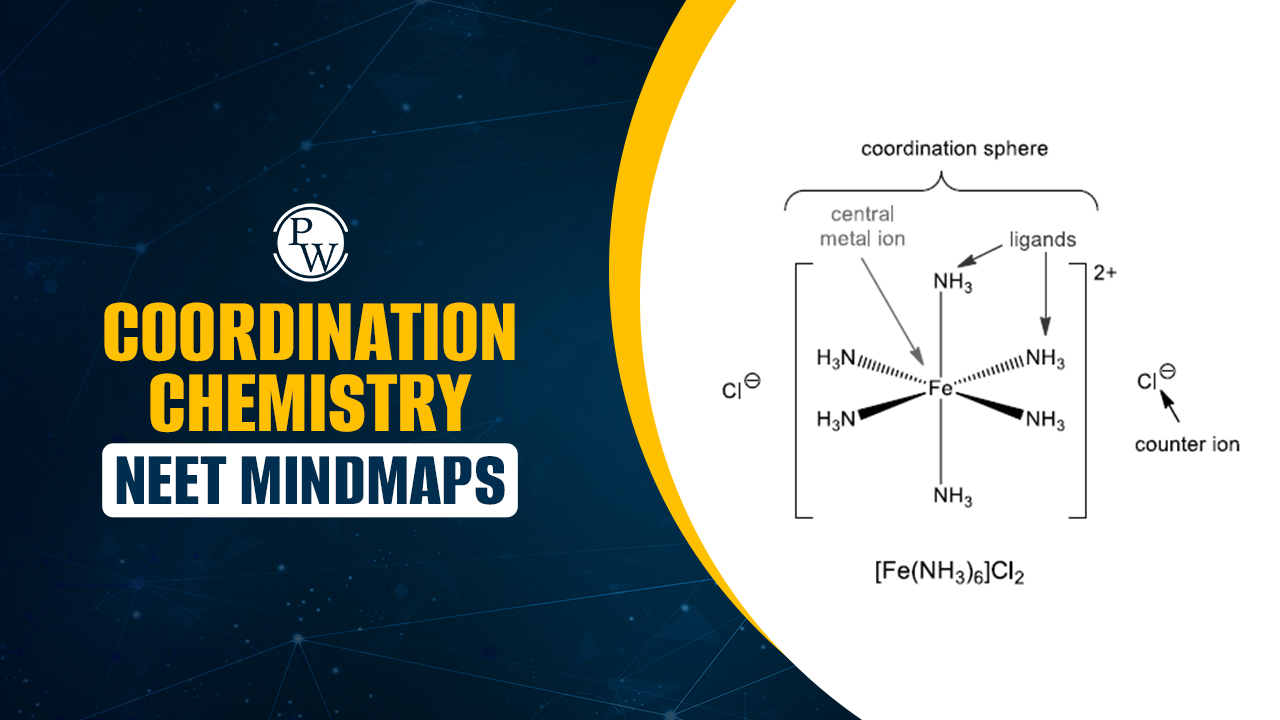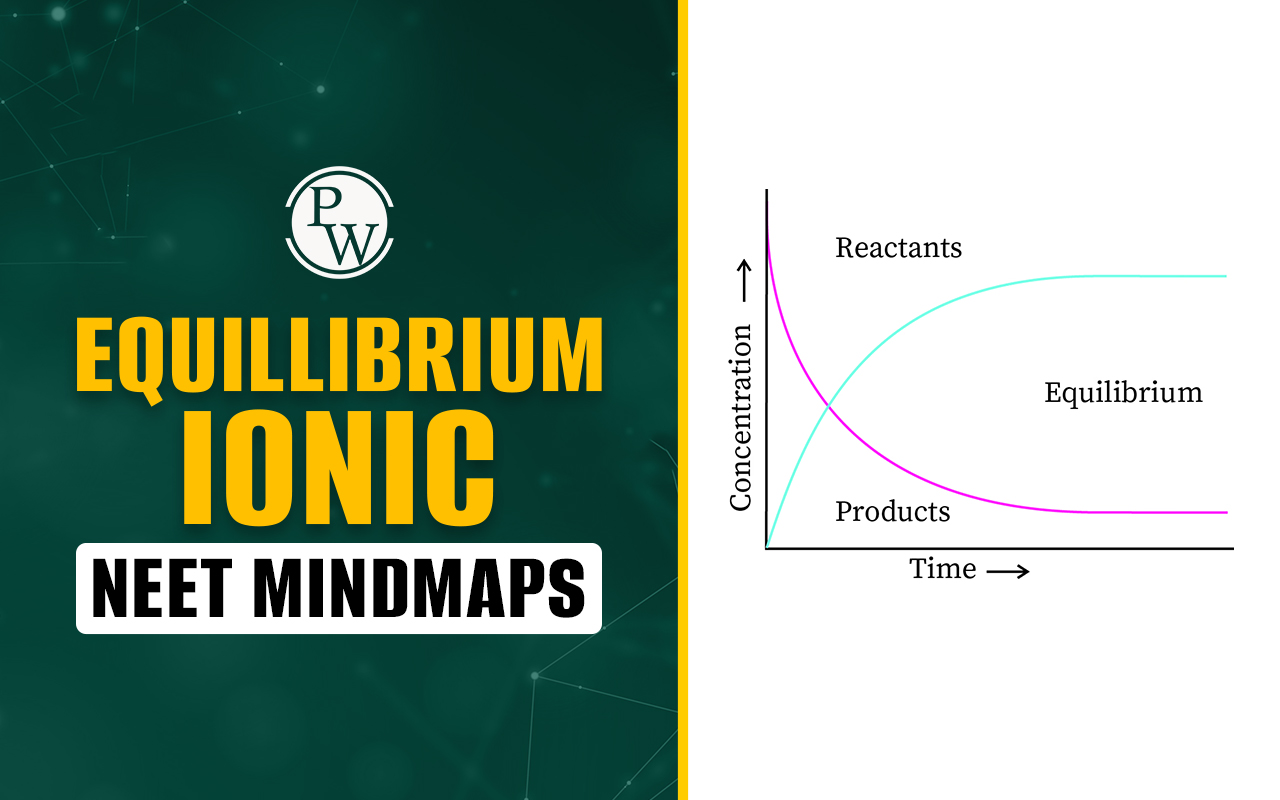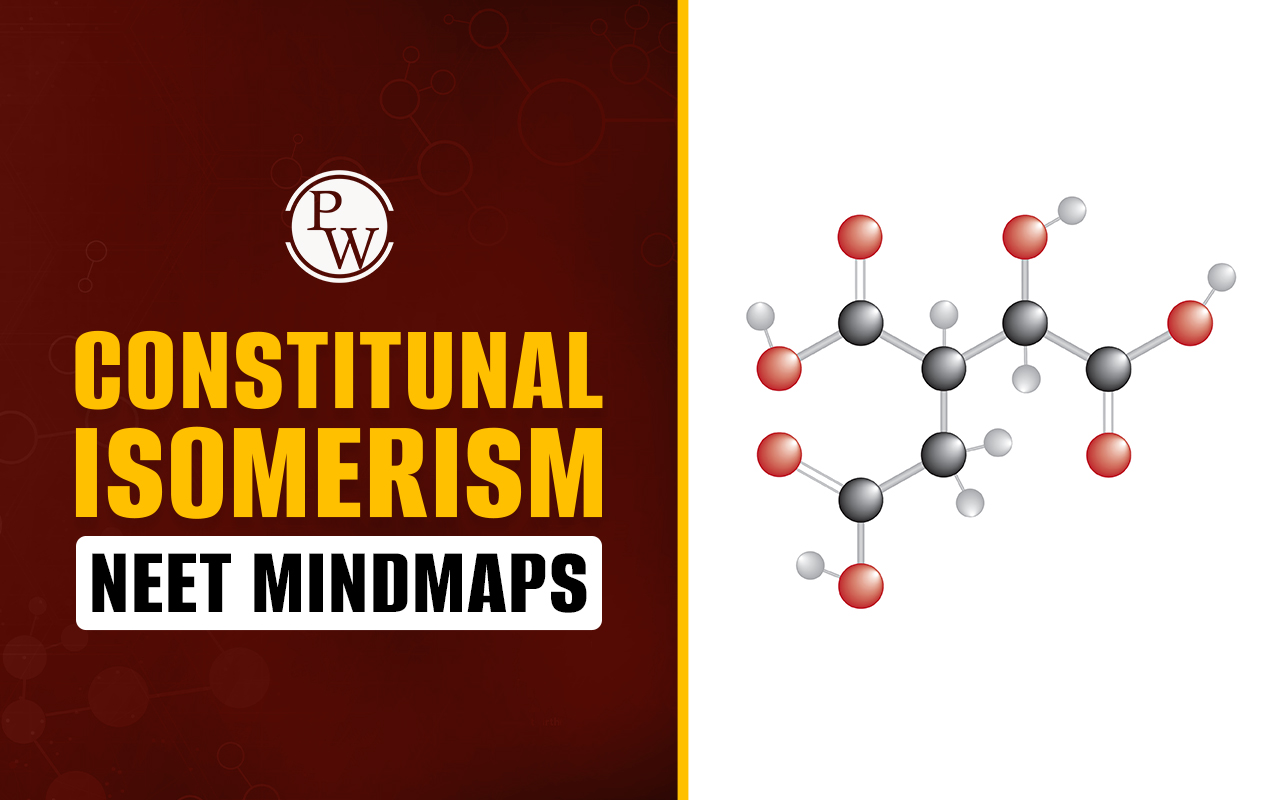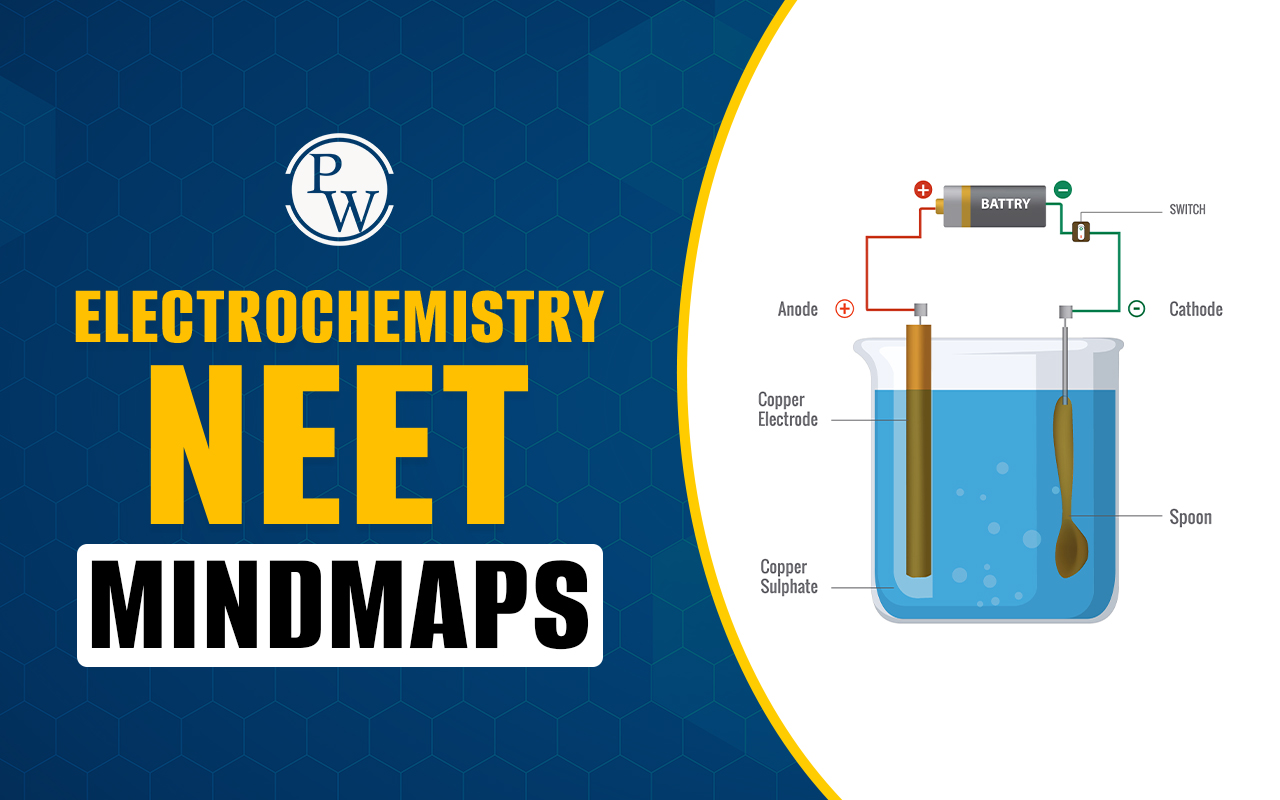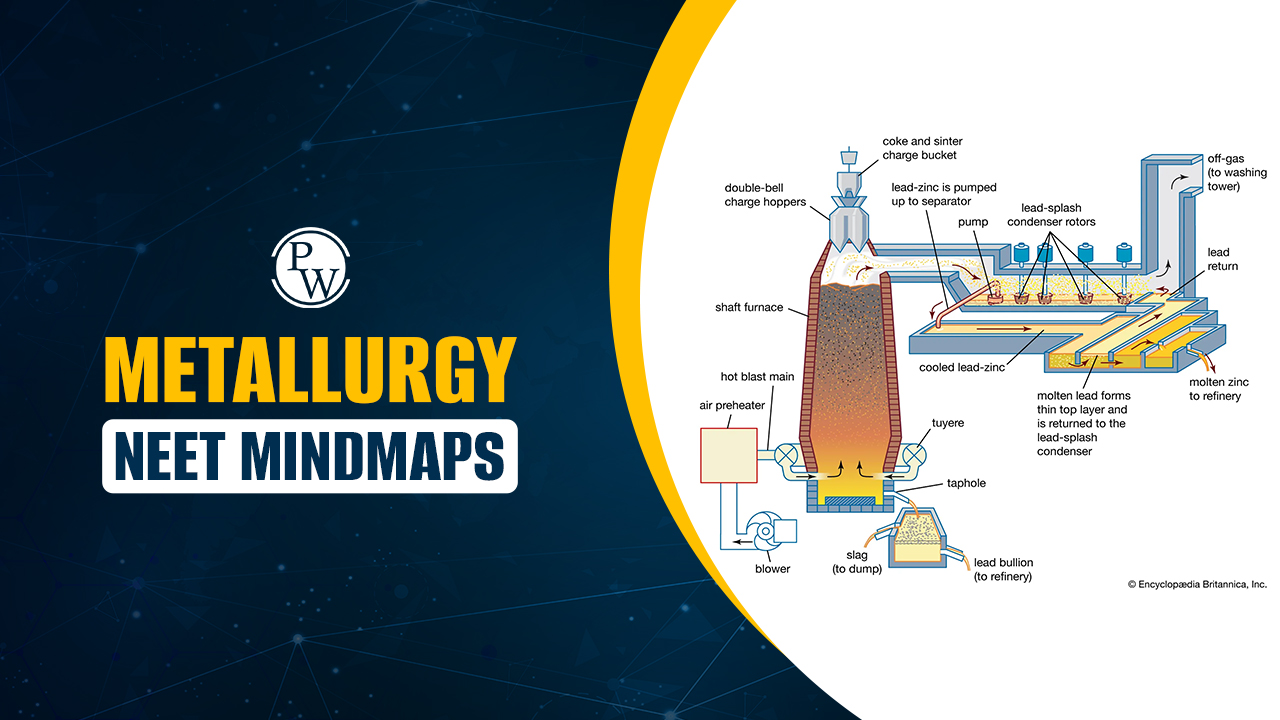
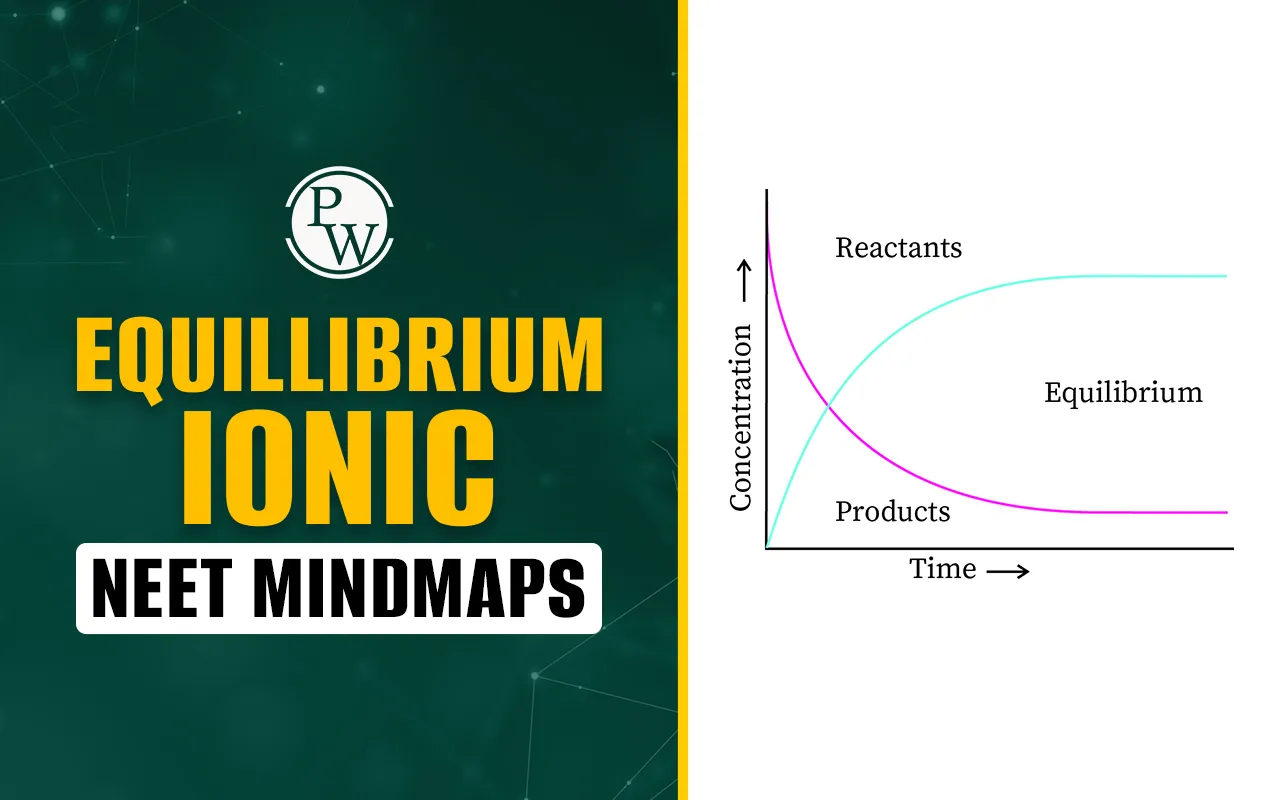
Equilibrium-Ionic NEET Mindmap is an essential study tool for every candidate preparing for the NEET entrance examination. It takes a complex chapter in Chemistry, Ionic Equilibrium, and breaks it down into easy-to-understand parts. This mindmap acts like a simple guide, showing a clear, organised view of all the main topics, key facts, and formulas you need to remember.
By using this mindmap, candidates can save a lot of time and revise the entire chapter very quickly, making their preparation more effective. Equilibrium-Ionic NEET mindmap notes change long, difficult theories into simple, manageable pieces of information.
Equilibrium-Ionic NEET Mindmap
Candidates who face issues in covering the complex Chemistry topics. They can get the Equilibrium-Ionic NEET Mindmap. It covers the main topics relevant to the NEET exam preparation. A convenient way to cover the concepts and memorise the formulas. Candidates can know the basic concepts.
Equilibrium-Ionic NEET Mindmap Concepts
Equilibrium-Ionic NEET Mindmap Concepts have been provided in the table. Candidates can easily know the concept with the formulas for the preparation.
|
Equilibrium-Ionic NEET Mindmap Concepts |
|
|
Concept |
Explanation from Mindmap |
|
Electrolyte |
Substances that allow an electric current to flow when they are dissolved in water. Strong electrolytes break up completely into ions. Weak electrolytes only break up partly into ions. |
|
Ionic Equilibrium |
A balance that is reached in a weak electrolyte solution. This balance is between the part of the substance that has not broken up (unionised) and the part that has broken up into ions (ionised). |
|
Acid-Base Concepts |
Arrhenius Concept: An acid is a substance that produces Hydrogen ions in water. A base is a substance that produces Hydroxide ions in water. Bronsted-Lowry Concept: An acid is a proton donor. A base is a proton acceptor. Conjugate pairs are formed when an acid gives a proton to a base. 🔹 Formula: Acid strength is often measured by $K_a$ = (H⁺ × conjugate base) ÷ unionised acid. Base strength by $K_b$ = (OH⁻ × conjugate acid) ÷ unionised base. |
|
Value of Ionic Product |
This value shows the combined amount of Hydrogen ions and Hydroxide ions in water. It is a constant value for pure water at a fixed temperature. At 25 degrees Celsius, this value is $1.0 × 10^{-14}$. 🔹 Formula: $K_w$ = [H⁺] × [OH⁻]. |
|
pH Scale |
The pH scale is a way to measure how acidic or basic a solution is. A neutral solution, like pure water, has a pH of 7. Solutions with a pH value less than 7 are acidic. Solutions with a pH value greater than 7 are basic. 🔹 Formula: pH = −log[H⁺]. pOH = −log[OH⁻]. Also, pH + pOH = 14 (at 25°C). |
|
Hydrolysis of Salts |
This is a chemical reaction where a salt reacts with water. The result of this reaction can be an acidic, basic, or neutral solution. For example, a salt made from a strong acid and a strong base will form a neutral solution when it reacts with water. 🔹 Formula (simple words): For hydrolysis constant $K_h$ = $K_w / (K_a$ or $K_b)$ depending on type of salt. |
|
Solubility Product |
This concept is used to find the maximum amount of an ion that can dissolve in a saturated solution. It helps in calculating the equilibrium concentration, which is important for understanding how a sparingly soluble salt dissolves. 🔹 Formula : $K_{sp}$ = multiply concentrations of all ions in saturated solution. Example: For AgCl → [Ag⁺] × [Cl⁻]. |
|
Acid Strength |
Measures how easily an acid can give away its proton (Hydrogen ion). Strong acids break up completely in water. The stronger an acid is, the weaker its conjugate base will be. |
|
Common Ion Effect |
A process where the breaking up of a weak electrolyte is reduced or suppressed by adding another substance that shares a common ion with it. For example, adding sodium acetate (a salt) to acetic acid (a weak acid) reduces the breakup of the acetic acid. |
Equilibrium-Ionic NEET Mindmaps PDF
Equilibrium-Ionic NEET Mindmap Formulas
Equilibrium-Ionic NEET Mindmap Formulas with the topic are in the table. Candidates can use the mindmap to cover the Equilibrium-Ionic concepts in the last-minute revision.
|
Equilibrium-Ionic NEET Mindmap Formulas |
|
|
Topic |
Formula |
|
Ionic Product of Water ($K_w$) |
[H⁺] × [OH⁻] = $1 × 10^{-14}$ (at 25°C). |
|
pH Formula |
pH = −log[H⁺]. |
|
pOH Formula |
pOH = −log[OH⁻]. |
|
pH and pOH Relation |
pH + pOH = 14 (at 25°C). |
|
Degree of Dissociation (α) |
α = (moles ionized ÷ total moles). |
|
Acid Dissociation Constant ($K_a$) |
$K_a$ = ([H⁺] × [Conjugate base]) ÷ [Unionized acid]. |
|
Base Dissociation Constant ($K_b$) |
$K_b$ = ([OH⁻] × [Conjugate acid]) ÷ [Unionized base]. |
|
Strength Relation |
Higher $K_a$ → Stronger Acid. Higher $K_b$ → Stronger Base. |
|
Solubility Product ($K_{sp}$) |
Multiply concentrations of all ions in saturated solution. |
|
Buffer Equation (Henderson–Hasselbalch) |
pH = pKa + log (salt ÷ acid). |
Equilibrium-Ionic NEET Mindmaps PDF
Equilibrium-Ionic NEET Mindmaps PDF has been provided for the candidates. All the concepts are explained in simple and understandable language. Candidates can get an understanding of the typical chemistry-related topics easily in the NEET exam preparation. Equilibrium-Ionic NEET mindmap notes are considered an essential tool for NEET.
Equilibrium-Ionic NEET Mindmaps FAQs
What is included in the Equilibrium-Ionic NEET Mindmaps?
What is the formula for the pH scale given in the mindmap?
What is the difference between a strong and a weak electrolyte?
What is the Common Ion Effect used for in Ionic Equilibrium?
What types of solutions are described as Buffer Solutions?

